Jacana Research Camp is an off-grid lodge and research facility. It is set in The Sanctuary on the Sao Sebastian Peninsula in the Inhambane Province of Mozambique and is a fully protected reserve comprising a marine and terrestrial enclave of 42 900 hectares.
The Sanctuary reserve forms the southernmost part of the Great Bazaruto Archipelago Key Biodiversity Complex home to species including the Indian Ocean Humpback Dolphin, the critically endangered Dugong, and various important plant and reptile species. In 2000, the Sanctuary was proclaimed a fully protected area under private management, under the care of the Mozambican Government, homeowners and local communities who number about 8 000 villagers, mainly fisherfolk.
The reserve has a spectacular biodiversity of global ecological (particularly avi-faunal) significance. Over 450 species of fish, including several species of sea horse, mudskipper and manta ray as well as over 340 bird species have been recorded. The presence of the Vulnerable Damara Tern and the Saunder’s Tern have changed the course of the conservation initiative, putting The Sanctuary on the international conservation map.
A total of 60 mammal species and over 500 plant species have also been recorded, including several species that are classified either rare or endangered. The mangroves, of which there are eight species; provide safe refuge and act as a nursery for a myriad of marine creatures. Four of the five species of marine turtles found in the region, all of which are endangered, have been confirmed to nest on Sanctuary beaches – more species than on any other mainland area.
One conservation initiative that has been particularly successful has been the creation of demarcated no-fishing zones within Sanctuary waters. Through concerted engagements with fisherfolk from local communities who depend on fishing harvest, and careful ongoing management, there are now healthy ‘refuge’ areas in the mangrove bays for spawning and thus a surplus of fish moving beyond the boundaries of no-fishing zones.
Research
The diverse ecology makes the area of research interest to multiple fields. Current research includes microplastic source tracking, investigations on the seahorse populations along the coast and a plant survey of all vegetation on the Sanctuary led by Kew Gardens.
Further research possibilities can be gleaned from a description of the landscape: The dominant terrestrial habitat is low to medium Miombo (Brachystegia) savanna. Less extensive terrestrial habitats include sand forest, dune forest, dune thicket, and open scrub. The freshwater wetlands include a large number of endorheic pans, permanent lakes, ephemeral and permanent marshes. Salt-water habitats include large expanses of tidal sand-flats, salt marshes and mangroves in the Inhambane Estuary.
Find out more about The Sanctuary at https://mozsanctuary.com/.
At a Glance
Landscape: Low to medium Miombo savanna, sand and dune forest, freshwater wetlands, lakes, sand-flats, salt marshes and mangroves.
Key research topics: marine megafauna, turtles, seagrass beds, ecosystem rehabilitation, ornithology, seahorse populations, microplastics.
Researcher accommodation: Researchers can stay either at Jacana Lodge (place for up to 12 researchers in twin chalets) or rent from several of the 54 homeowners who all form part of the Sanctuary conservation mission (subject to availability).
Lab facilities: Under construction
Contact: Taryn Gilroy, operations@mozsanctuary.com






